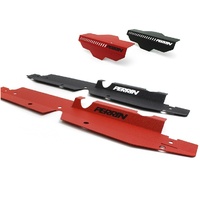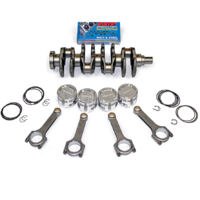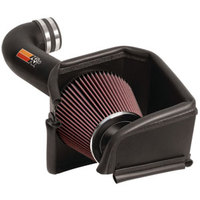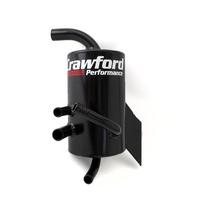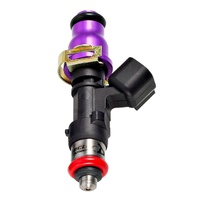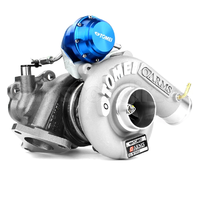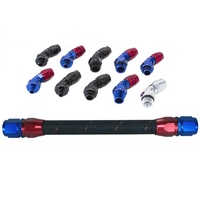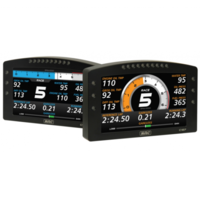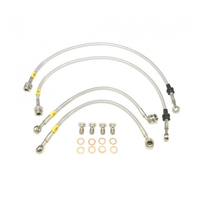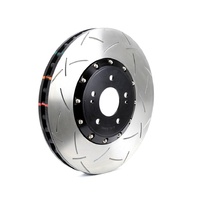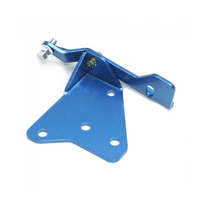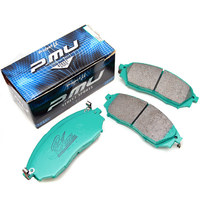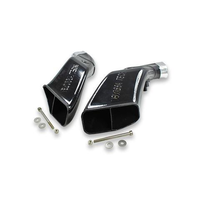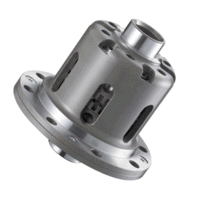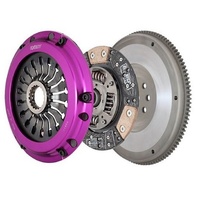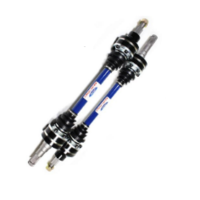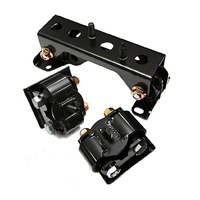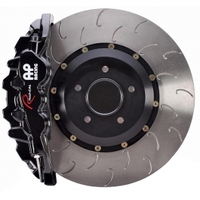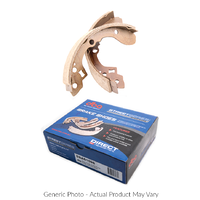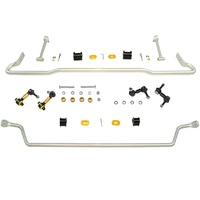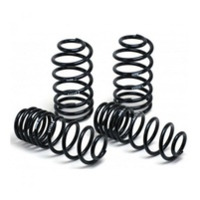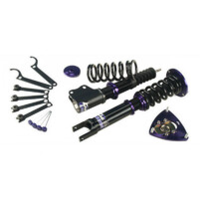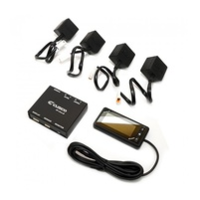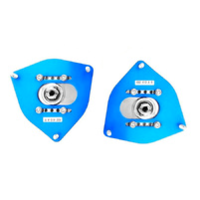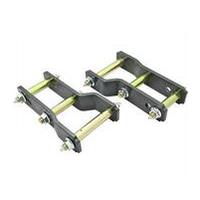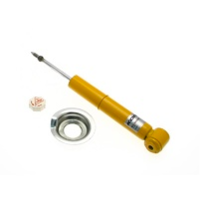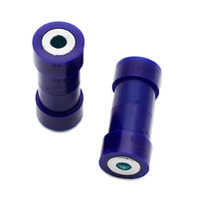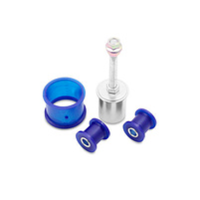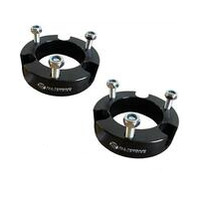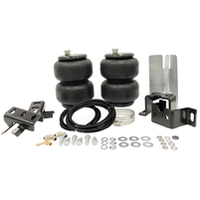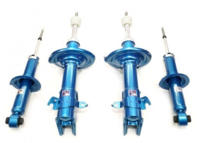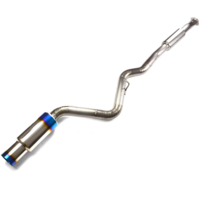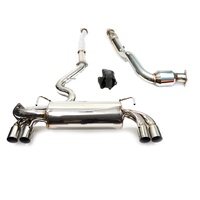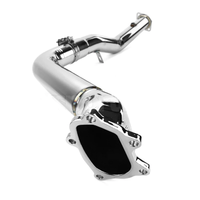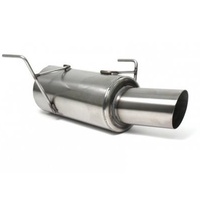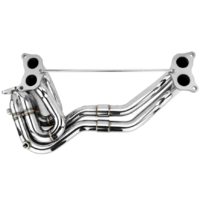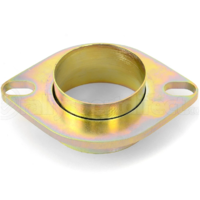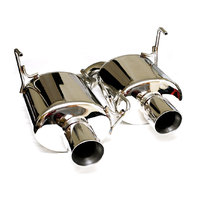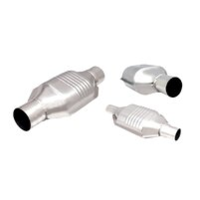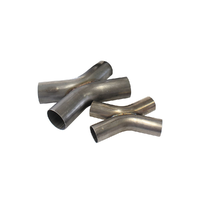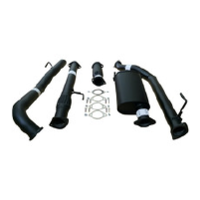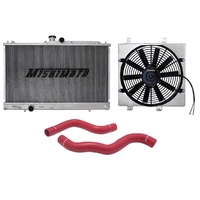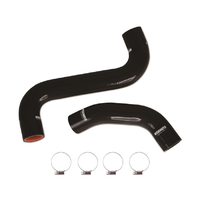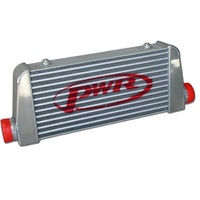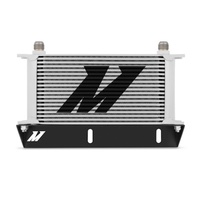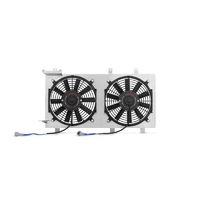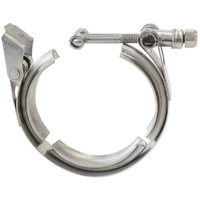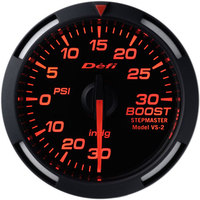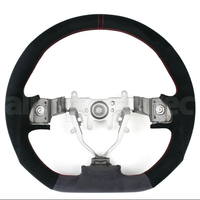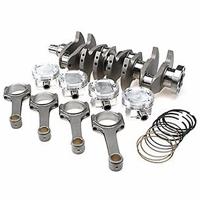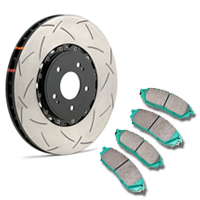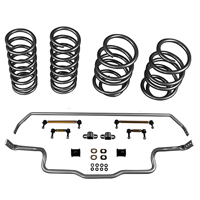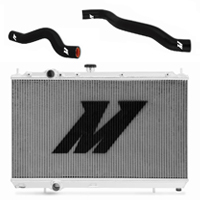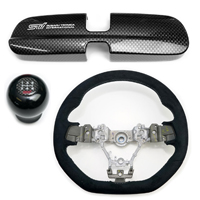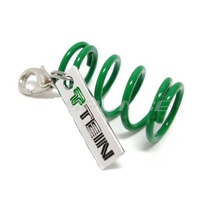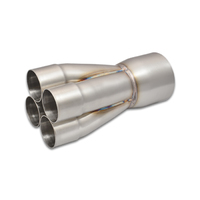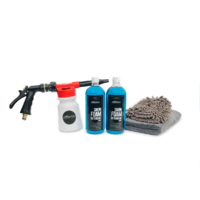A throttle position sensor is an essential component on a vehicle that tells the ECU how hard you're pressing down on the throttle. When you step on the accelerator pedal in your vehicle, you're changing how open your vehicle's throttle body is, and how much air can reach your engine. The throttle position sensor tracks the position of the throttle body's valve, to inform the vehicle of how much fuel must be injected to achieve even and efficient combustion.
Unfortunately, many people suffer from a failing throttle position sensor that can lead to major driving problems. If the sensor begins to fail, your vehicle will suffer significant losses in fuel economy and could start experiencing erratic acceleration and other unpredictable performance issues. Learn to spot the signs of a throttle position sensor so you know when to have it repaired.
The Most Common Faulty Throttle Position Sensor Symptoms
Your vehicle's throttle position sensor may seem like a simple device, but it's an essential tool for driving your vehicle safely. When the sensor fails, you'll experience a range of unpleasant symptoms such as the ones explained below.
Surges or Losses in Power
A balance of fuel and oxygen is needed for your engine to run smoothly and generate the proper amount of power over time. When the throttle position sensor isn't working your car's fuel injectors won't send the right amount of fuel anymore. You'll either experience unexpected surges in power or losses in power that don't necessarily coordinate with your accelerator pedal. This can be alarming, and hurt your fuel economy as well.
Engine Stalls
Without enough fuel, your vehicle may stall as you're driving. This is common when your TPS isn't working well and you accelerate rapidly. Sudden stalls can be dangerous, embarrassing, and upsetting.
Trouble Changing Gears
While this issue isn't as common, and you should question the health of your transmission first, it's possible for a failing TPS to result in trouble changing gears. If you begin having difficulty increasing or decreasing your current gear as you drive, you may have a failing throttle position sensor.
Terrible Fuel Efficiency
The throttle position sensor is responsible for letting your vehicle's computer know how much air is entering the engine for combustion. When the sensor isn't working properly it's normal for the vehicle to send too little fuel or too much. When too little is sent you could experience stalling, or a lack of power, but when too much is sent your fuel economy will drop down.
Your vehicle might start using far more fuel than you expected it to. If you begin going through huge quantities of fuel you should start by testing your throttle position sensor for issues.
Flashing Check Engine Light
If you have a faulty throttle position sensor, or your sensor is going bad, you may notice a flashing check engine light. The light will likely come on and go off over time and it will be difficult to spot a pattern determining when the light will be on or off. This indicates you have a problem with your throttle position sensor or another similar engine issue.
If you suffer from any of these bad throttle position sensor symptoms you should work with a mechanic to resolve the issue or change the sensor yourself.
The Consequences of Driving a Vehicle with a Failing Throttle Position Sensor
It's essential to replace a failing throttle position sensor because your vehicle will stop performing like it's supposed to otherwise. As the sensor goes bad you'll notice a few common issues that keep your vehicle from being safe and efficient.
Erratic Driving
The most worrisome symptom of a faulty TPS is how your vehicle starts performing. Instead of the smooth and reliable acceleration you're used to, you'll experience jerky performance with rapid high idles, surges in power, losses in power, and more.
Your vehicle could even stall at unexpected moments leaving you without the ability to accelerate at all. When you don't know how your vehicle will respond when you press the gas pedal it can be scary to drive.
Your accelerator pedal likely won't function like you're expecting it to, and you may feel like you've lost control over the speed of your vehicle. It's uncomfortable driving with a malfunctioning accelerator, and things can become dangerous over time as well. You may struggle to maintain a safe speed, you could accidentally slow down in traffic and you may even have trouble braking if your vehicle's speed surges at unexpected moments.
Terrible Fuel Economy
Your vehicle won't just stop performing reliably, you'll notice you're using far more fuel than you used to as well. This is because your engine will stop running efficiently. To operate as efficiently as possible, your vehicle's engine must inject a precise amount of fuel to match the incoming air. When too much fuel is injected it gets wasted and you use far more to create the same amount of power as before.
When you're using far more fuel than necessary this is known as "running rich" and it's a common problem that many vehicles with a failing TPS suffer from. If you face this issue you may start using fuel much more rapidly than you did before.
Helpful Maintenance for a Throttle Position Sensor
There is little maintenance that you can perform for a throttle position sensor itself. The best thing you can do for it is keep the surrounding throttle body as clean as possible. To clean a throttle body you must remove all the shrouds and covers around your engine that give you full access to your intake manifold. Once you reach the throttle body, clean it using a microfiber cloth and carburetor cleaner.
Remove any grease and sludge buildup to create a like-new final surface. By following this cleaning process regularly you'll preserve the health of your throttle body, and help slow the degradation of your TPS. If the sensor becomes too worn or dirty, you should replace it with a new one to restore full performance again.
Conclusion
A throttle position sensor is a simple device, but it's an essential one as well. This is why it's so important to invest time and money into replacing it if you experience any issues.

